Week 51: Along the Coast
–
–
Leaving Fethiye (with all our stuff in tow again) we headed down the coast to Kas, not far from where we’d finished our hike the day before. Our main reason for going there was to do a sea kayaking trip over nearby ruins of a city that earthquakes sunk below the water line. Unfortunately, on our first full day in town the operator told us that it was too rough to go out. We decided to stick around in hope that the next day was better and took what ended up being a really good day trip to the town of Demre.
It’s near the ancient Lycian city of Myra and we visited the rock tombs of the necropolis, the theatre and the church of St. Nicholas. Back in 168BC when the Lycian League was formed there were 23 city state members who sent 1, 2 or 3 representatives to an annual senate (depending on their population). Myra was one of only six cities to be allowed to send 3 representatives. Its rock tombs are the most impressive we’ve seen and form a backdrop to the ancient theatre, something which is apparently relatively common. In the Christian era Myra remained an important city and in the 4th century AD St Nicholas was the bishop there. A basilica built in his memory has been a popular pilgrimage site ever since, even though the relics themselves were taken by Italian sailors in 1087 during a period of battles between Islamic invaders and the Byzantine Empire. The historical figure, who was one of the most popular saints of Tsarist Russia, is more popularly known today by the name of Santa Claus. This transformation probably came about because of his reputation as the protector of children and for secret gift giving.
The next day was indeed calm and we headed out to explore the coastline in sea kayaks. The sunken city is off the island of Kekova and was actually rebuilt after the 2nd century AD earthquake that submerged some of the buildings below 6m of seawater. In actual fact most of what we saw was the ruins above ground as strict rules forbid swimming or snorkelling over the ruins as well as any diving. We landed at the only place allowed on the island, where the remains of a Roman shipbuilding yard are visible as well as various other Lycian and Byzantine structures. Back in our kayaks we saw the outline of the ancient harbour shimmering under the turquoise water and cut steps leading down to what had once been dry land. The rest of the ruins we could see were above the water level and included a Roman bathhouse, residential houses and various other unspecified ruins that tumbled down the steep hillside and mingled with the natural rock outcrops.
From Kas we headed further along the coast to Olympos. The settlement itself was a strange sort of place with the kind of hippy laid back vibe that would make it a place to retreat to, except that it seems a lot of people want to relax. Massive bungalow camps and tree house cities jostle for space along the single road leading down to the beach. Just before the sacred sands are the ruins of the old city of Olympus which dates back to the Lycian League, but went into decline in the 3rd century with increased pirate activity. The ruins are almost completely overgrown and exploring them felt a little like being the first people to find them (apart from the worn paths and signage of course). Nearby are the flames of Chimaera, vents of gas that ignite upon contact with the air. They can be put out by covering them but will reignite. They were believed to be the breath of a horrible monster – part lion, part goat and part snake. Even today they’re an awe-inspiring site; eternal flames of methane-based gas that seep out of cracks in the earth. We visited at night and scrambled up the barren hillside to see about ten flames of varying heights and sizes, some of them big enough to provide warmth in the slightly chilly evening air.
Now we’re in Antalya, our first big city for a while. Today we wandered around the old part of town and visited the museum. The old Ottoman houses in the centre are now protected and wandering along the narrow vehicle free streets was very pleasant. Overhead the irregularly shaped second floors and balconies narrow the streets even further. White painted walls, rustic stonework and dark timber frames tumble down to cobblestone streets. The museum was impressive too, displaying a massive hoard of artefacts from the many historical ruins in the area as well as even earlier signs of settlement.
We’ll have one more day here before heading inland toward Konya then Cappadocia. It’ll be the last we see of the Turkish coast. Our travel plans have been a little re-routed so that we finish up in Ankara. From there we’re planning to travel overland to Germany instead of flying. It’ll be more expensive and take a lot longer but much more fun at the same time.
Tags: Antalya, Basilica of St Nicholas, Chimera, Kas, Kekova, Myra, Olympos
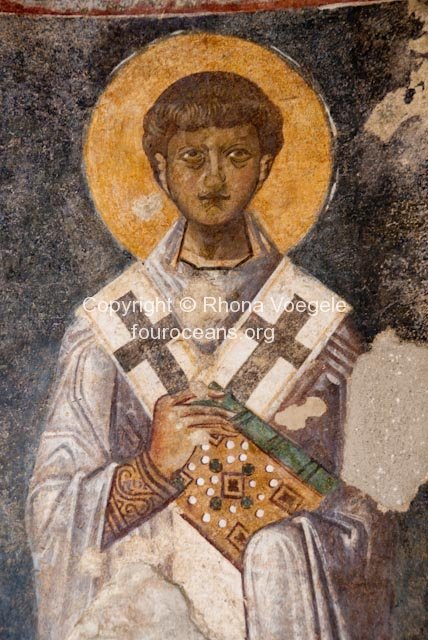
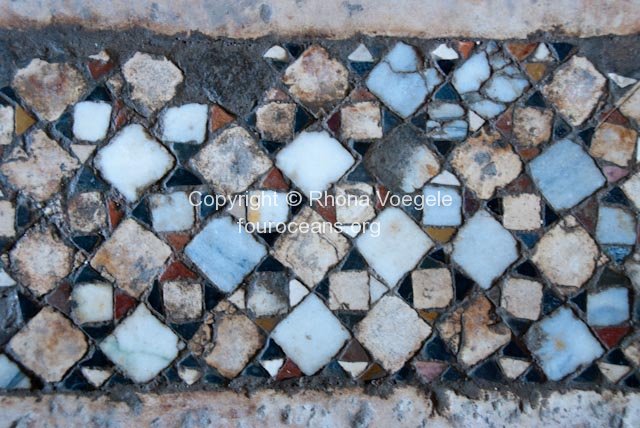
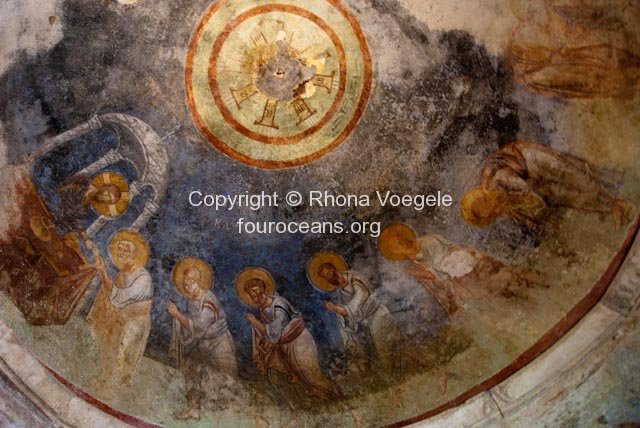
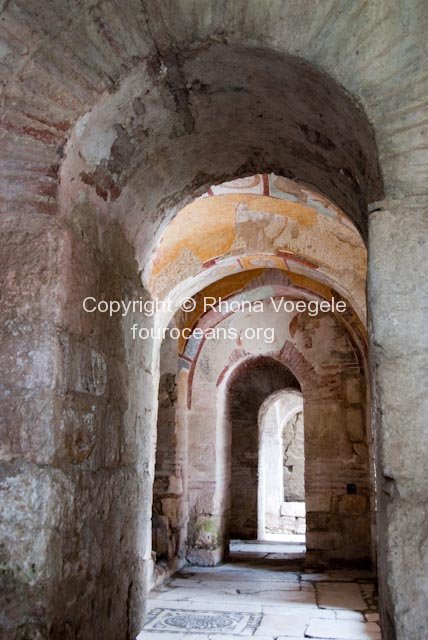
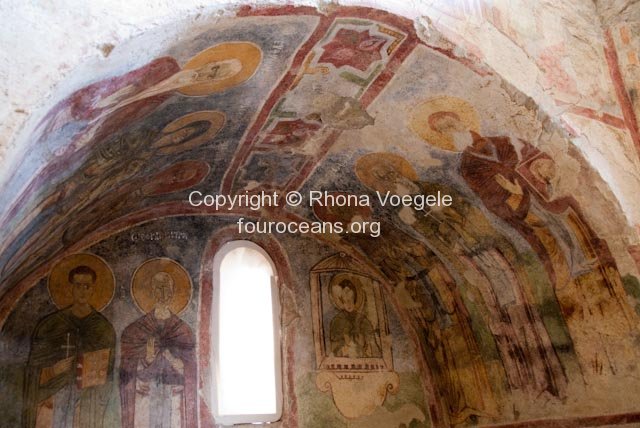
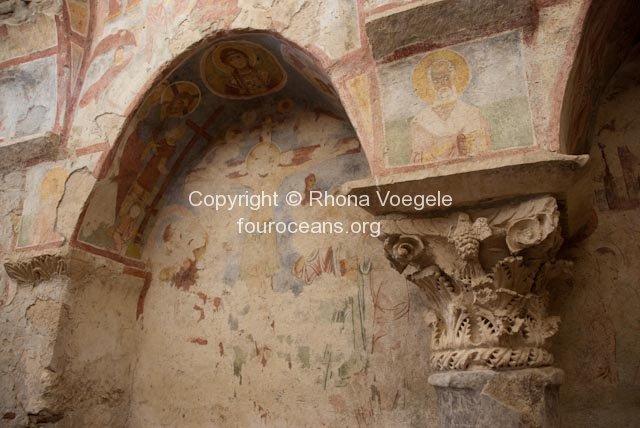
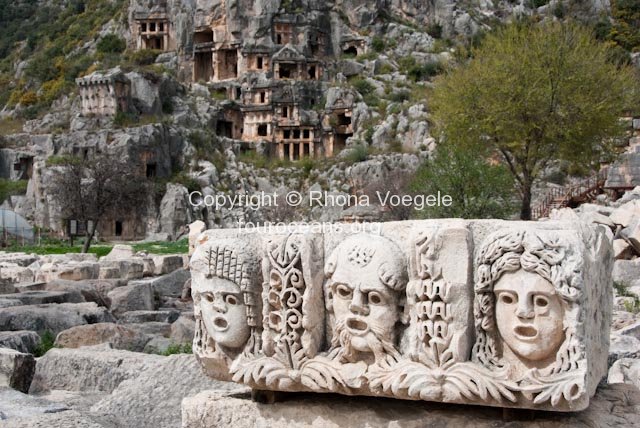
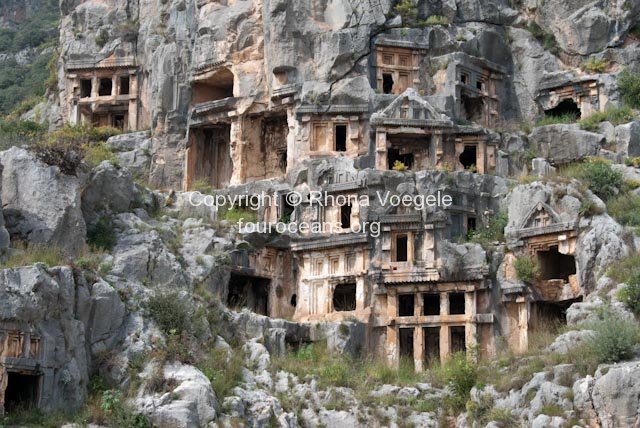
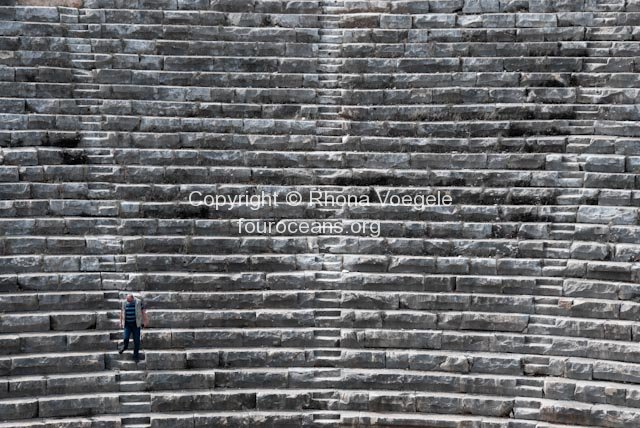
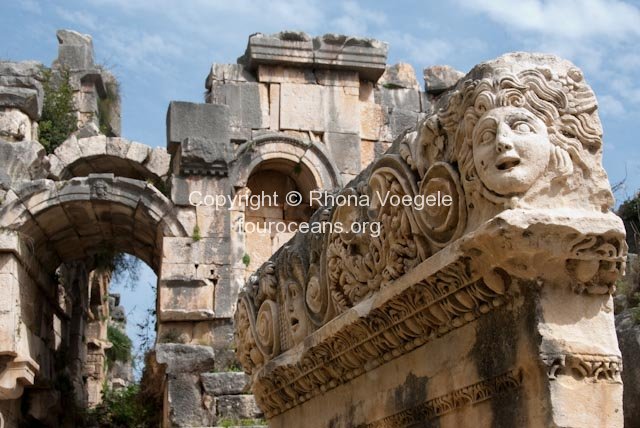
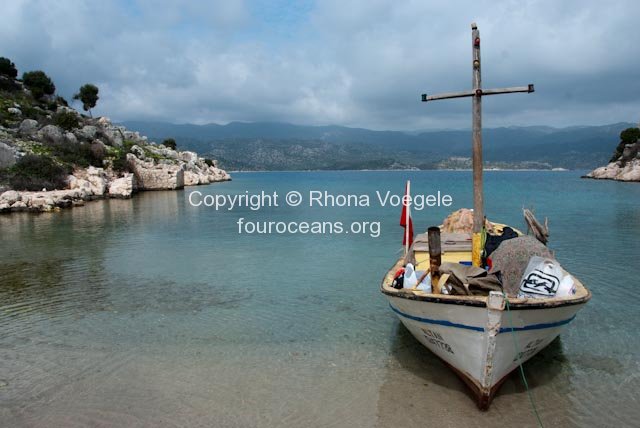
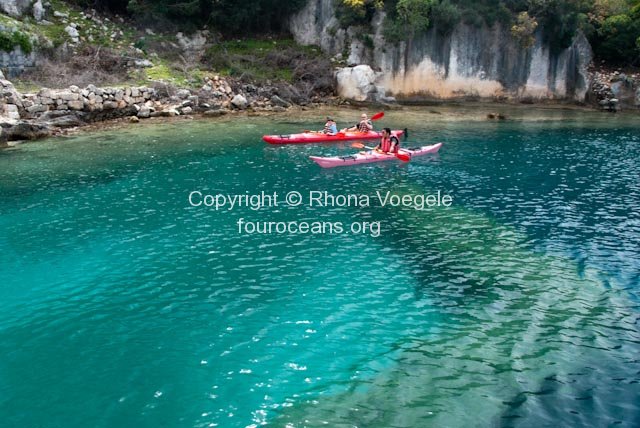
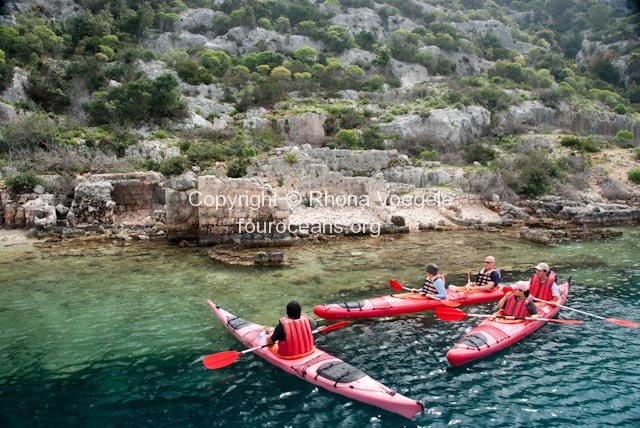
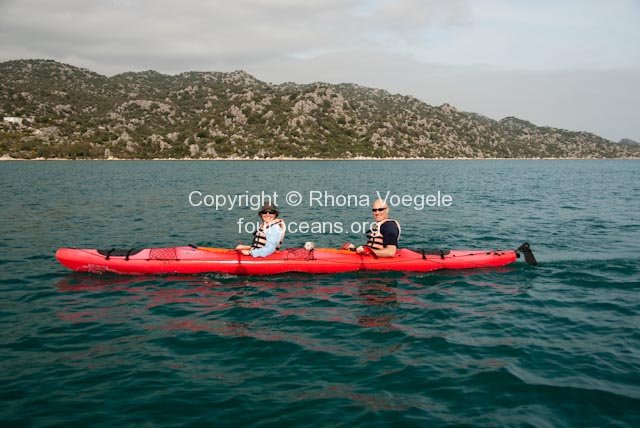
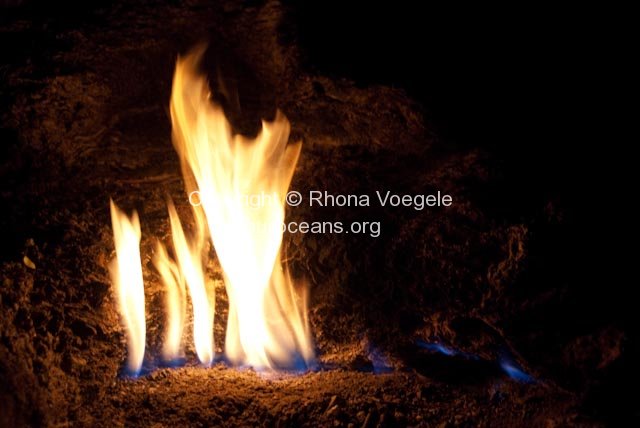
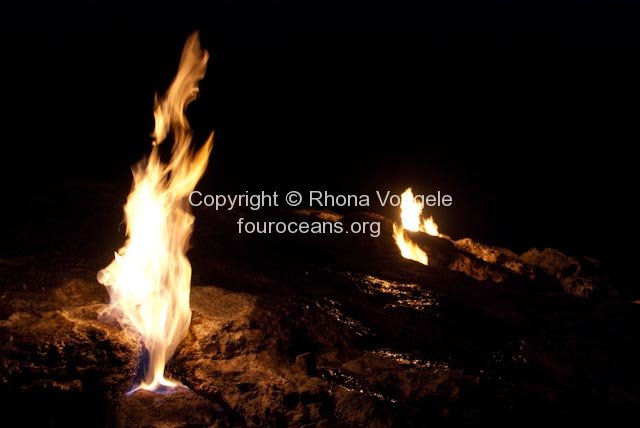
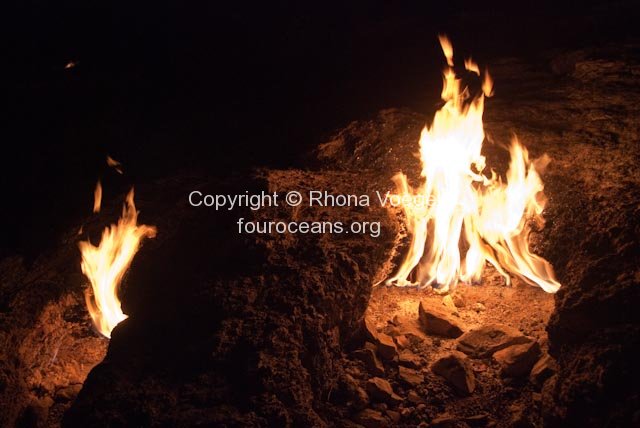
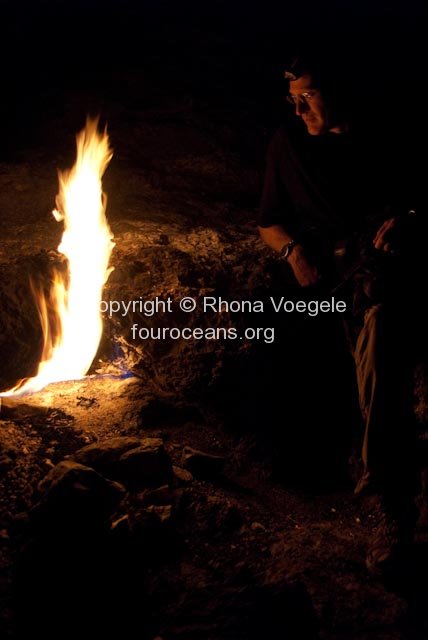
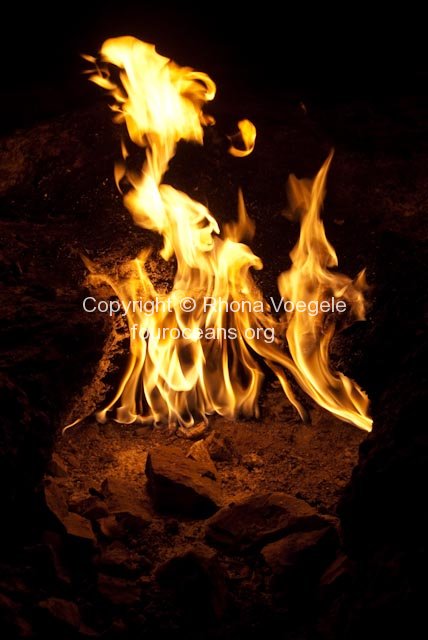
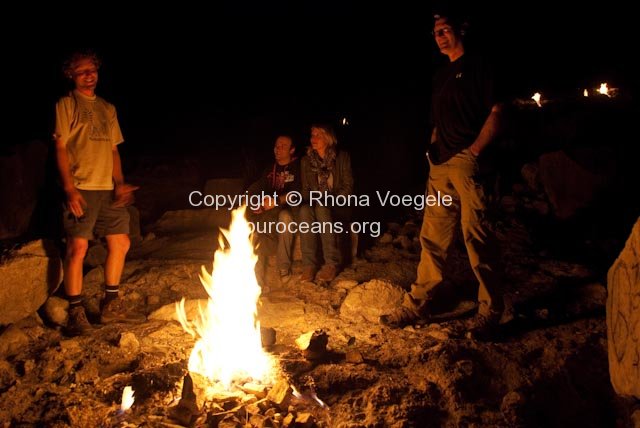
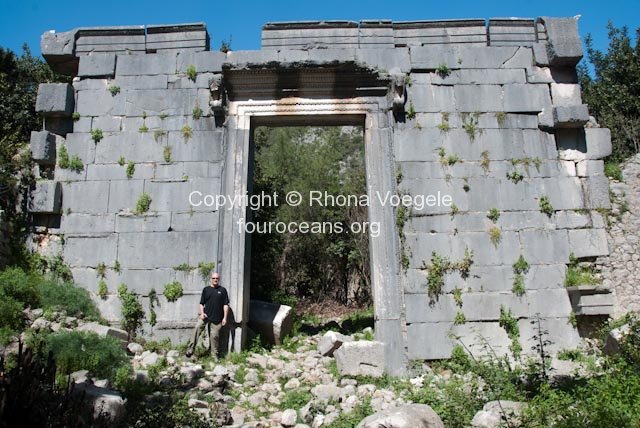
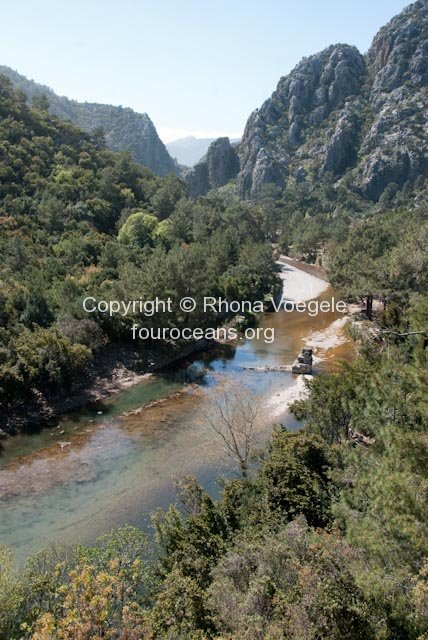
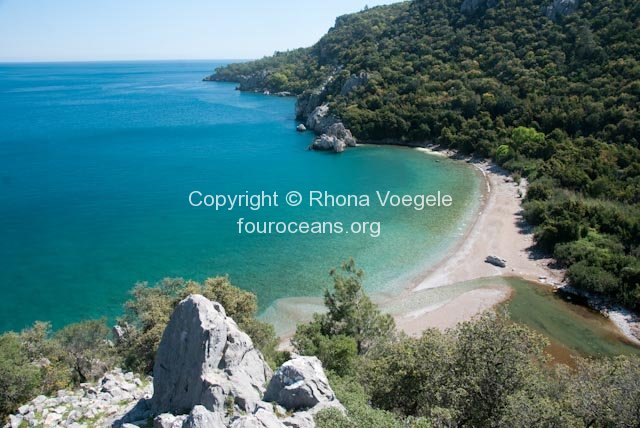
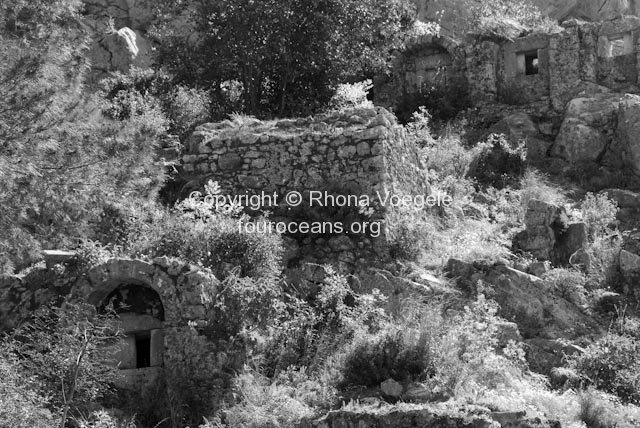
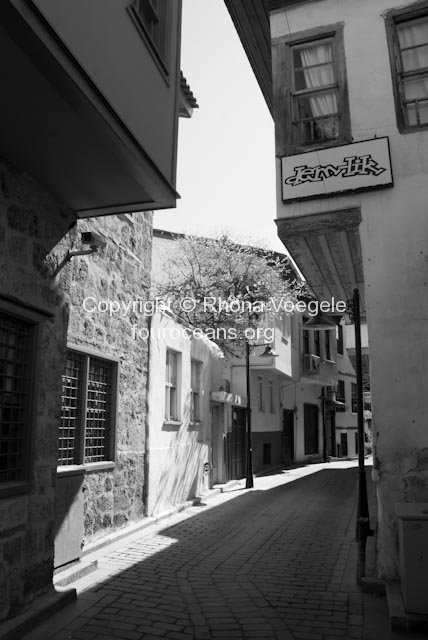
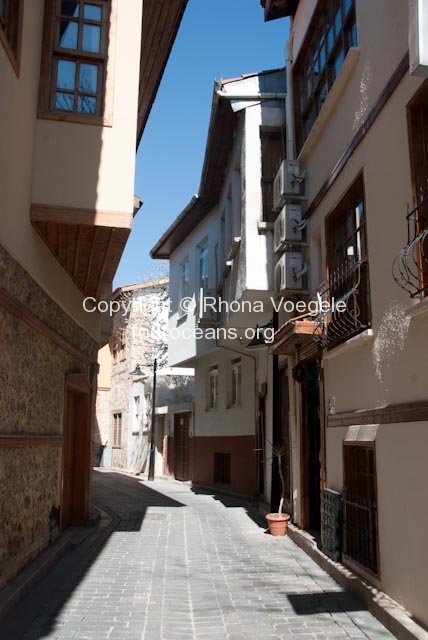
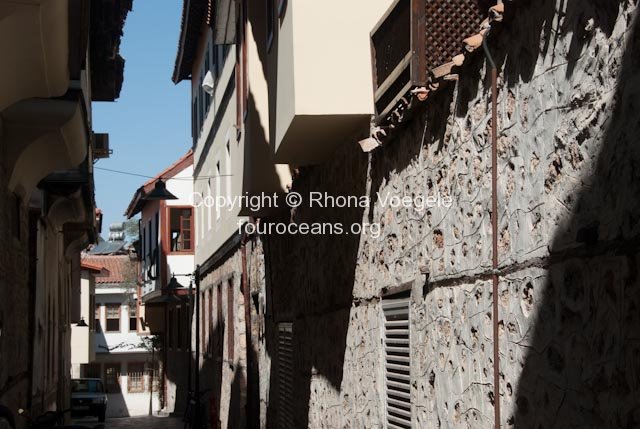
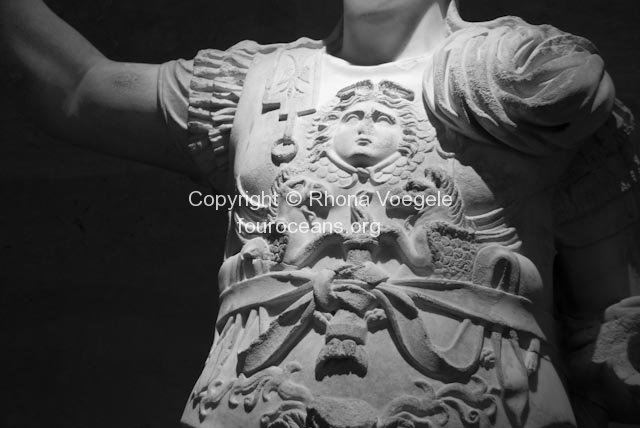
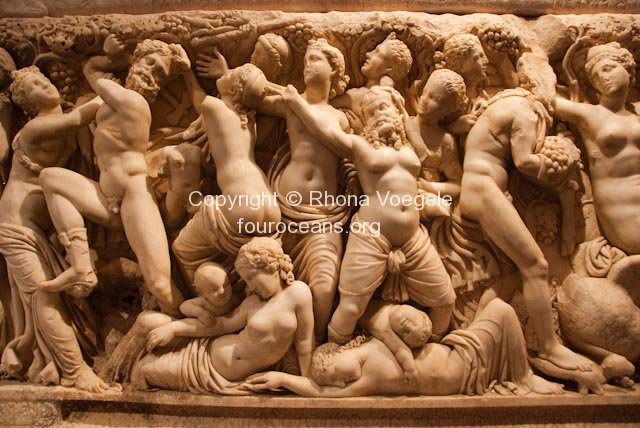
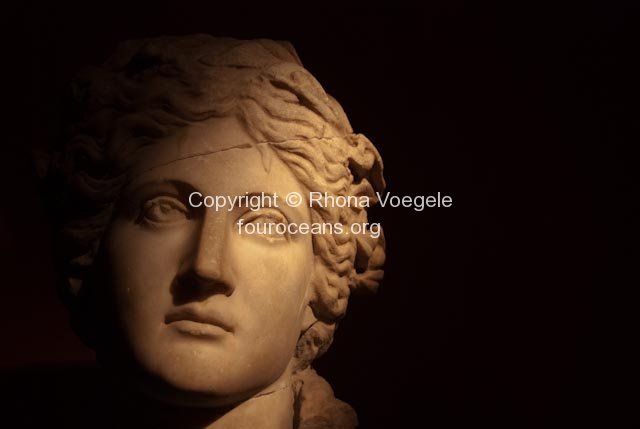
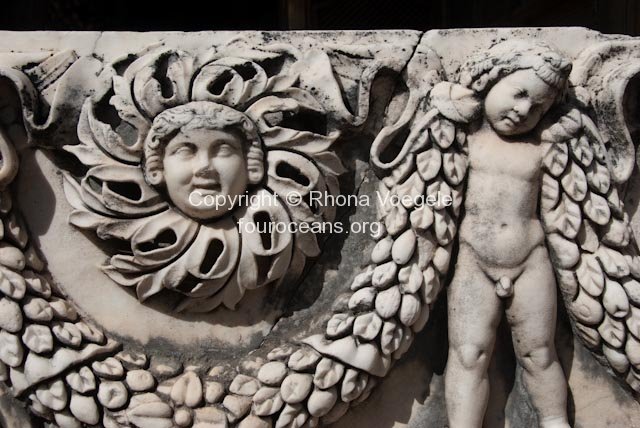
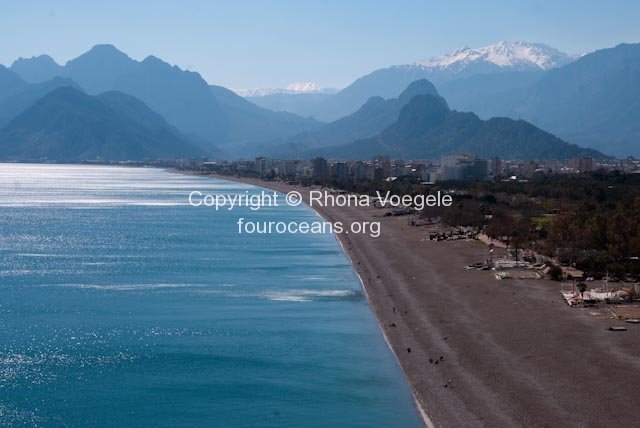

Leave a reply